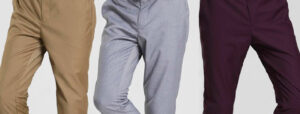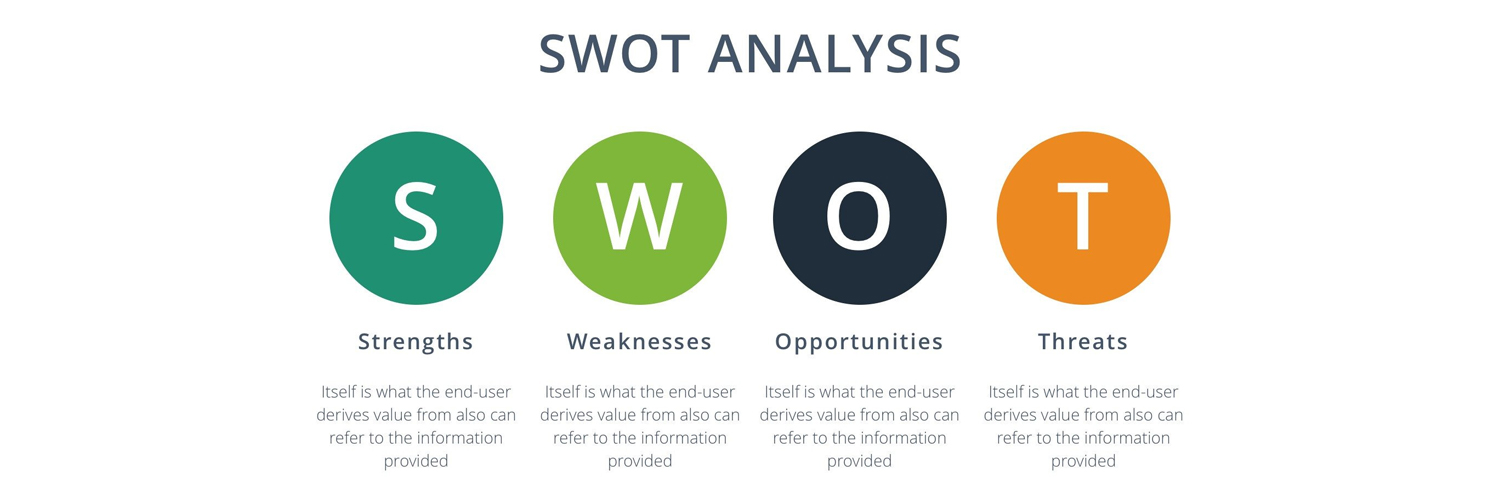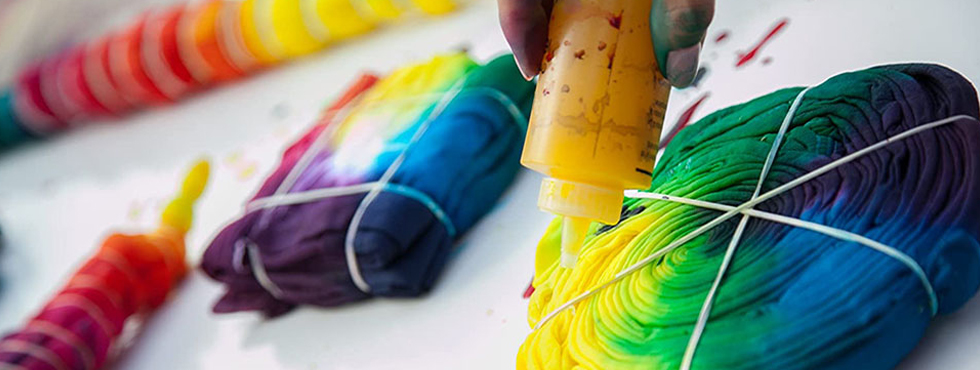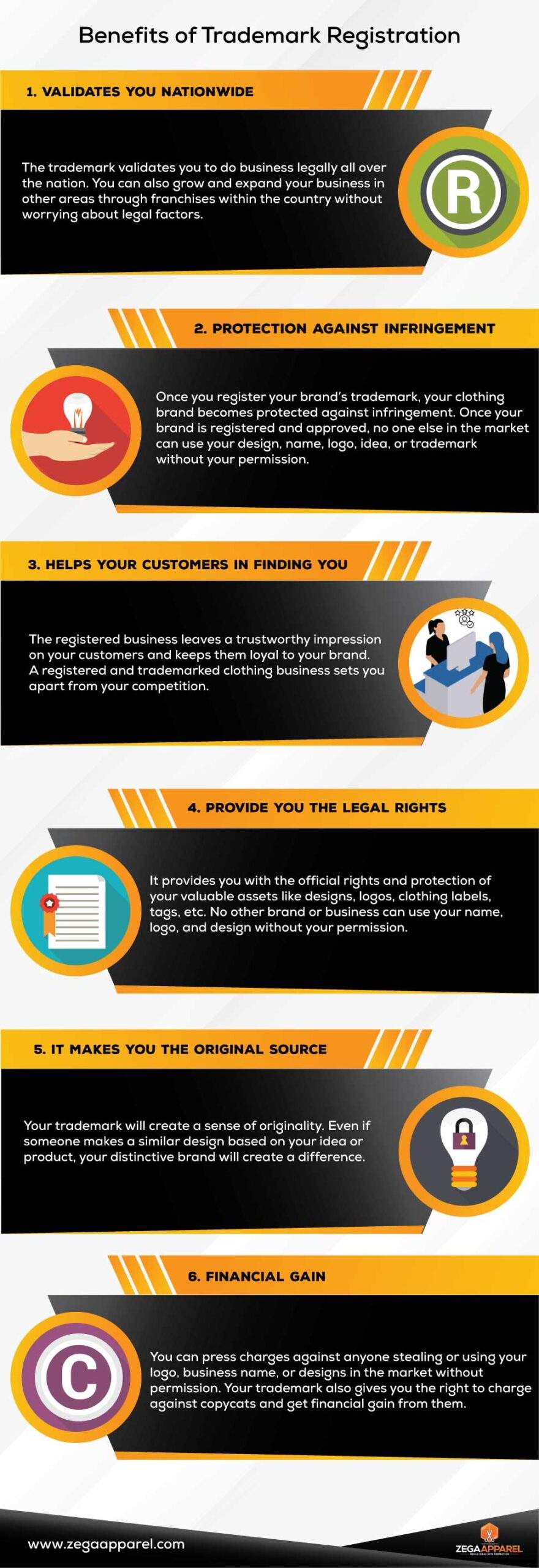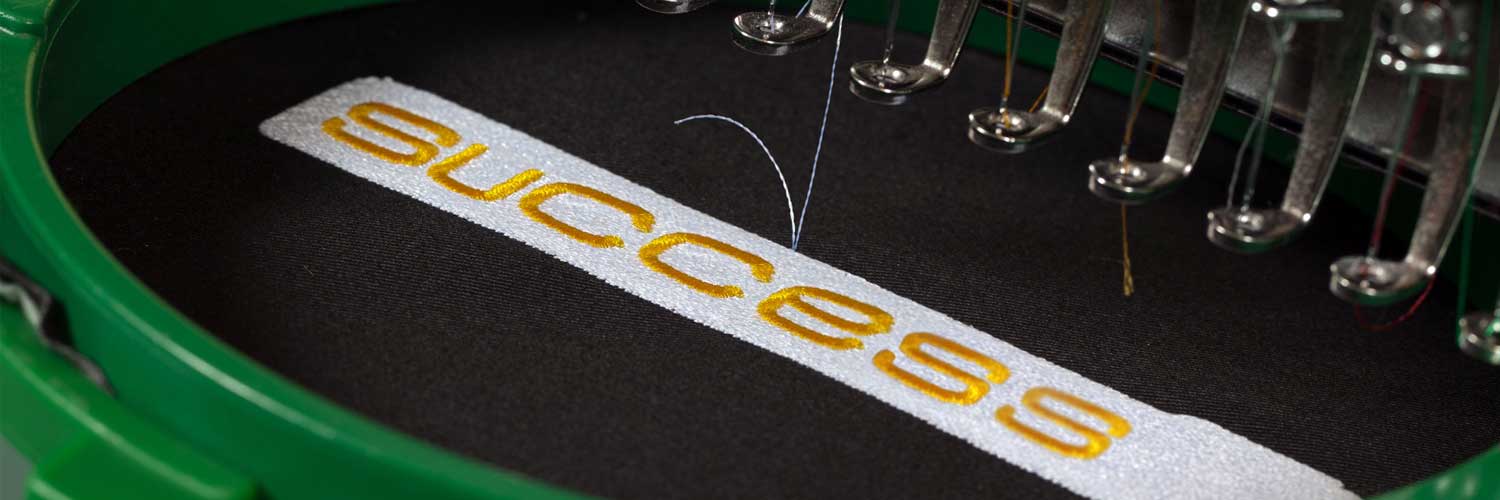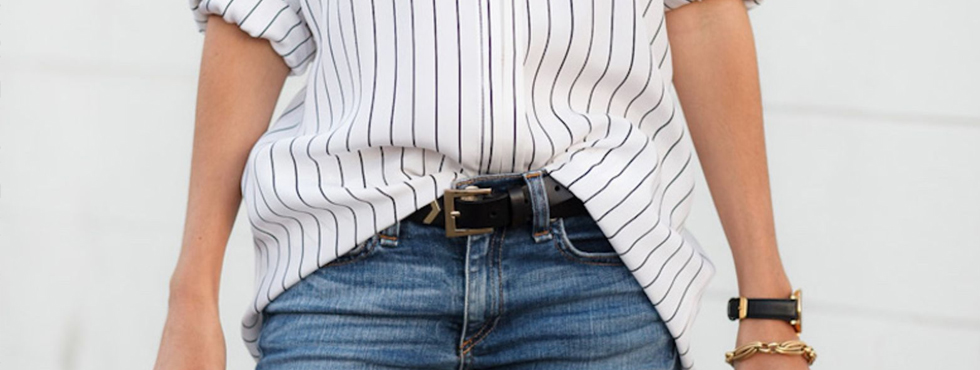Isn’t it the ideal business? Undoubtedly, in this emerging world of e-commerce, increasing the profit margin has become trickier and more challenging. Well, along with multiple companies, a t-shirt business can be the ideal option to start with. But the rapid evolution has currently changed the demand for the t-shirt business, and the global t-shirt making business is projected to reach US$19.54 billion in 2024
So, when you start selling t-shirts online, the most common question that often comes to mind is how to make your t-shirt business lucrative. The answer is that various factors are involved in your t-shirt business, such as taxes, material, labor, and supplies costs. Don’t worry. We have listed a curated detail on every concern so you can make your business avenue impressive, engage with the customers, and, most importantly, achieve sustainability and profitability.
Let’s explore the potential profitability of the t-shirt business, compare it with the market size, and get into ways of making more money out of it!
Things Need To Consider When Pricing T-Shirt

When it comes to pricing, you need to deepen your focus on your shirt pricing cost. Pricing a shirt is the most straightforward process, rather than going outside the box and setting complex strategies. However, how much you make money depends on several costs, such as your profit margin, sales, customer interest, and product quality.
In addition, the expenses of the shirt play a crucial role, and they can be handled by setting the production cost, including material cost, equipment cost, labor cost, and the printing method. To better understand, let’s get into the inspection and find the right strategies for scaling the profit margin.
What Material Cost Involved In Custom Shirt Maker?

Starting a t-shirt business means understanding every detail of the whole process. How to make shirts? What are the ways to be consistently profitable in your t-shirt business? Let’s take a breath, we understand your concern, which is why we cover the whole custom shirt maker process.
Meanwhile, making t-shirts involves various costs that need to be considered. You can generate a good profit margin if you’re producing high volume using cheap material, labor, and printing costs. However, it is essential to strategize these costs to remain profitable in the competitive market. Here are some breakdowns of the t-shirt printing business production cost.
Labor Cost: Labor cost also affects the production cost. If you plan to handle all the profit margins by yourself, consider the time and effort. Fast fashion brands frequently set wages and benefits, which results in a healthy and productive work environment for the laborers.
Material Cost: The fabric, dyes, and the designing tool significantly impact the overall cost. Using a comfortable and durable material like cotton and synthetic dyes can be more expensive than the synthetic material. More sustainable options like organic cotton or natural dyes should be taken into account.
Supplies Cost: Investing in equipment is another critical consideration. Compare the market and select the printing machine, heat press, and embroidery per your operation needs. You can easily manage your budget by analyzing the market and picking the right machinery.
Printing Method: The cost of the printing method is another factor to consider. There are multiple printing methods available on the market for designing the t-shirt. For example, screen printing is best for large orders as it produces more durable and vibrant colors but requires a high upfront cost.
By focusing on sustainable, ethical, and customer-friendly production, you can make more money from the t-shirt business. Research different suppliers, compare prices, and pick the suitable printing method by considering your affordability, this will offer your customers affordable prices.
Ideal Cost For Selling T-Shirt
As a custom company, one of the most frequently asked questions we have been answering is how to make custom t-shirts profitable. Of course, it’s tricky to maximize your profit margin in this competitive marketplace. Learn the tips and strategies for pricing your custom t-shirts so they remain affordable and profitable.
The production cost is the first thing you should consider before setting the price. Well, you need to keep your pricing low, but not at the expense of quality. We often notice that people are willing to pay more for the quality. So, don’t be afraid of high pricing, set them according to the shirt quality you are offering. Plus, if you are selling a high-quality shirt, make sure to communicate through the pricing. Sometimes, customers aren’t attracted by the low price, so price them as they should be and let your product speak through it. You can also take advice from the custom t-shirt manufacturer, they guide you on each aspect.
Additionally, the one thing to remember is to determine your shirt pricing by simply calculating your desired profit margin. Suppose you want to shoot for the 50% profit margin, then multiply your production cost by 2, and you will receive the retail price. But, if you are looking to calculate the other profit margin percentage, then look at this formula.
Retail Price = (Cost to produce)/ (100-profit%) ×100
So, if you want to set your profit margin at 50%, your shirt costs $5.00.By this formula, your retail price will be $20.
How Do You Price A T-Shirt For An Online Retail Business?
Get your t-shirt pricing right and bring more sales. Proper pricing is crucial, as is having a website for an online business. Whether you set the price too high or too low, both can be daunting for your business. So, find the sweet spot where your price remains competitive while reflecting the quality of your design.
Here are some common primary factors to consider for making t-shirts.
Value-Based Pricing: One effective strategy for pricing the t-shirt is to understand your perceived brand value or your customer preferences. You need to identify the target market and what your buyer’s specific personas are. By doing so, you can easily power your pricing strategy.
Audience-Based Pricing: It is essential to keep taking the customer’s reviews and conduct a survey to gather insight on what your customer is appealing to. By staying responsive you can achieve your pricing approach and maintain a competitive edge.
Production-Based Pricing: When determining the t-shirt price, it is crucial to consider the projection cost. All you need to do is estimate your production and shipping expense management. By accurately calculating these prices, you can manage all your expenses and leave a cheerful room for reasonable profit.
Create custom tee pricing by deciding on one of the above strategies. Try it now! And make your t-shirt business more lucrative.
Conclusion
In sum, the t-shirt business is one of the most demanding and profitable businesses. Just by understanding the main takeaway of the business, you can easily scale in the market. In this guide, we have listed all the points that you need to consider for your business. Whether you are a newbie or one who is looking for the most effective strategies, then by reading this, you can surely have something for yourself!



